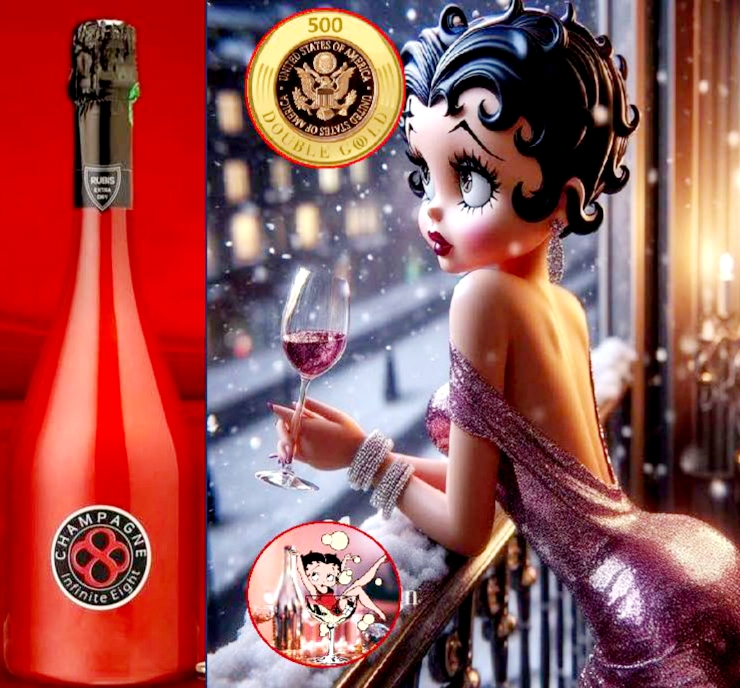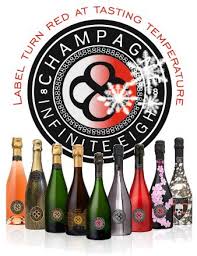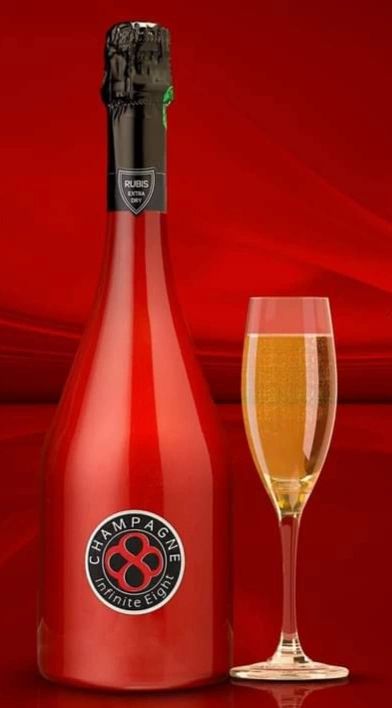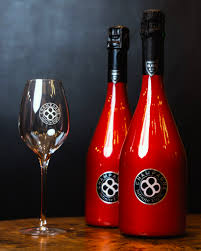Description
Betty Boop is an animated cartoon character designed by Grim Natwick at the request of Max Fleischer.
She originally appeared in the Talkartoon and Betty Boop film series, which were produced by Fleischer Studios and released by Paramount Pictures.
She was featured in 90 theatrical cartoons between 1930 and 1939.
She has also been featured in comic strips and mass merchandising.
A caricature of a Jazz Age flapper, Betty Boop was described in a 1934 court case as « combin[ing] in appearance the childish with the sophisticated—a large round baby face with big eyes and a nose like a button, framed in a somewhat careful coiffure, with a very small body of which perhaps the leading characteristic is the most self-confident little bust imaginable ».
She was toned down in the mid-1930s as a result of the Hays Code to appear more demure, and has become one of the world’s best-known and most popular cartoon characters.
Betty Boop made her first appearance in the cartoon Dizzy Dishes, released on August 9, 1930, the seventh installment in Fleischer’s Talkartoon series. Inspired by a popular performing style, the character was originally created as an anthropomorphic French poodle.
Clara Bow is sometimes given credit as being the inspiration for Boop,though Fleischer told his artists that he wanted a caricature of singer Helen Kane.
Kane later sued Fleischer over the signature « Boop Oop a Doop » line. Betty Boop appeared as a supporting character in ten cartoons as a flapper girl with more heart than brains. In individual cartoons, she was called « Nancy Lee » or « Nan McGrew »—derived from the Helen Kane film Dangerous Nan McGrew (1930)
Within a year, Betty made the transition from an incidental human-canine breed to a completely human female character. While much credit has been given to Grim Natwick for helping to transform Max Fleischer’s creation, her transition into the cute cartoon girl was also in part due to the work of Bernard Wolf, Otto Feuer, Seymour Kneitel, Roland « Doc » Crandall, Willard Bowsky, and James « Shamus » Culhane.
Betty was first voiced by Margie Hines. Later, several different voice actresses performed the role, including Kate Wright, Bonnie Poe, Ann Rothschild (also known as Little Ann Little), and especially Mae Questel, who began voicing Betty Boop in Bimbo’s Silly Scandals (1931), and continued with the role until 1939, returning nearly 50 years later in Disney’s Who Framed Roger Rabbit (1988). Today, Betty is voiced by Cindy Robinson since 2015.
Although Betty’s first name was assumed to have been established in the 1931 Screen Songs cartoon Betty Co-ed, this « Betty » is a different character, which the official Betty Boop website describes as a « prototype » of Betty Boop. At least 12 Screen Songs cartoons featured Betty Boop or a similar character.
Betty Boop was the star of the Talkartoons by 1932 and was given her own series that same year, beginning with Stopping the Show.
From that point on, she was crowned « The Queen of the Animated Screen ». The series was popular throughout the 1930s.
Since the character was created by an Austrian Jew and eventually voiced by a Jewish actress, Mae Questel, animation fans sometimes try to pinpoint various aspects that hint at Betty’s Jewishness. The 1932 Talkartoon Minnie the Moocher featured the only appearance of Betty’s parents: a strict immigrant couple, who get upset that Betty does not want to eat the traditional German foods hasenpfeffer (rabbit stew) and sauerbraten. Benjamin Ivry of Forward says that any of this evidence is ambiguous, as these are not kosher foods, and the accents of the parents are comical German accents, rather than Jewish.
Betty appeared in the first « Color Classic » cartoon Poor Cinderella, her only theatrical color appearance in 1934. In the film,
she was depicted with red hair as opposed to her typical black hair.
Contemporary resurgence
The Betty Boop films were revived after Paramount sold them for syndication in 1955. UM&M and National Telefilm Associates were required to remove the original Paramount logo from the opening and closing, as well as any references to Paramount in the copyright line on the main titles. However, the mountain motif remains on some television prints, usually with a UM&M copyright line, while recent versions have circulated with the Paramount-Publix reference in cartoons from 1931.
The original Betty Boop cartoons were made in black and white. As new color cartoons made specifically for television began to appear in the 1960s, the original black-and-white cartoons were retired. Boop’s film career had a revival with the release of The Betty Boop Scandals of 1974, becoming a part of the post-1960s counterculture. NTA attempted to capitalize on this with a new syndication package, but because no market existed for cartoons in black and white, they sent them to South Korea, where the cartoons were hand-traced frame-by-frame in color, resulting in the degradation of the animation quality and timing. Unable to sell these to television largely because of the sloppy colorization, they assembled a number of the color cartoons in a compilation feature titled Betty Boop for President, to connect with the 1976 election, but it did not receive a theatrical release.














Reviews
There are no reviews yet.